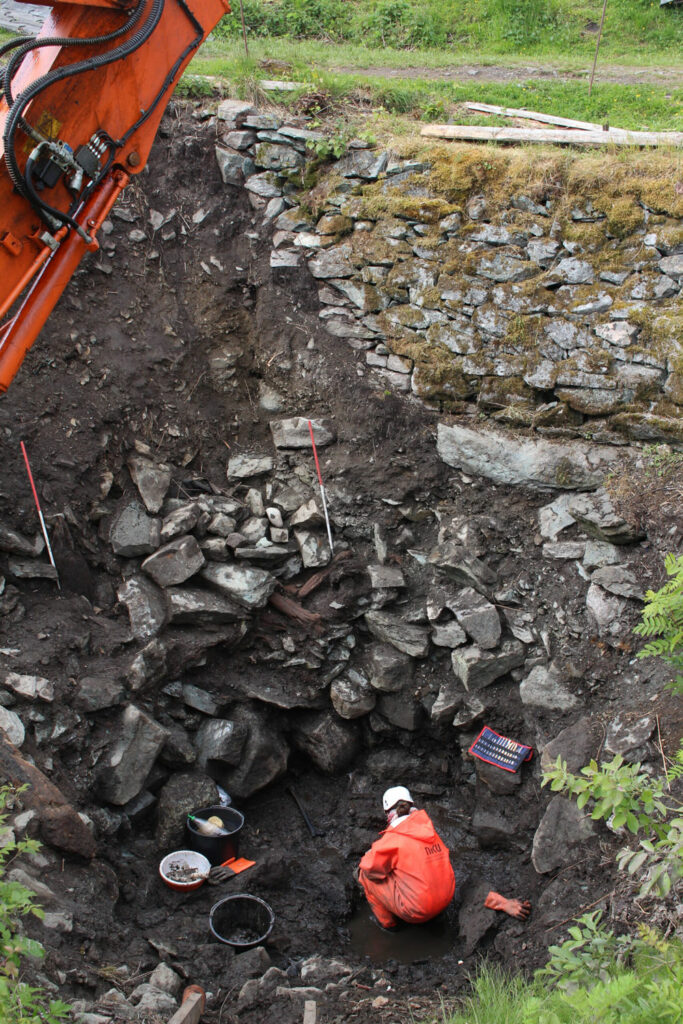
TRONDHEIM, NORWAY—According to a Cosmos Magazine report, a skeleton recovered from a well at central Norway’s Sverresborg Castle in 1938 has been radiocarbon dated, and a sample of the DNA collected from the remains has been analyzed by researchers led by Martin R. Ellegaard of the Norwegian University of Science and Technology. Previous examination of the bones showed that they belonged to a man who was between 30 and 40 years of age at the time of death, while the new study indicates that the man died about 900 years ago. A comparison of his DNA to that of modern Norwegians suggests that he had blue eyes and blonde or light brown hair, and that his ancestors came from southern Norway. The researchers think the remains reflect an 800-year-old Old Norse story known as the Sverris Saga about King Sverre Sigurdsson of Norway. According to the text, a body was thrown into a well at Sverresborg Castle during a military raid in A.D. 1197, probably to poison the water source. “This is the first time that a person described in these historical texts has actually been found,” claimed team member Michael D. Martin of the University Museum at the Norwegian University of Science and Technology. Read the original scholarly article about this research in iScience. To read about the legendary birthplace of Norwegian Christianity, go to “Off the Grid: Selja Island, Norway.”